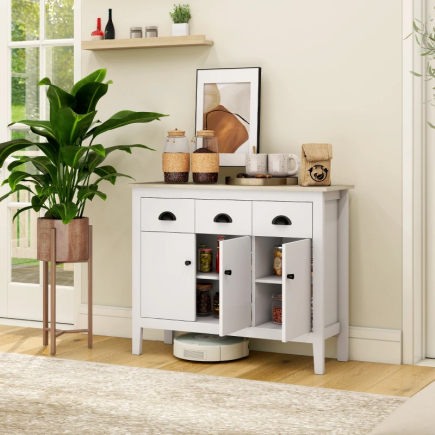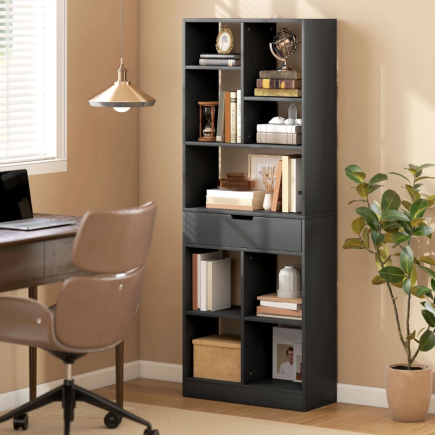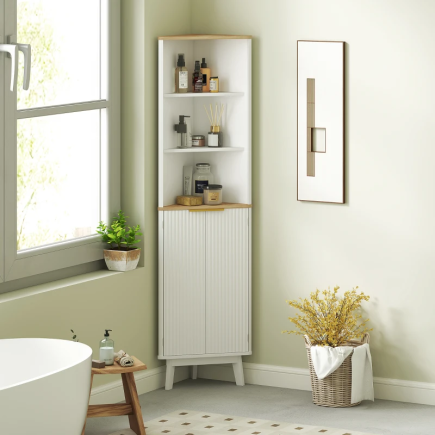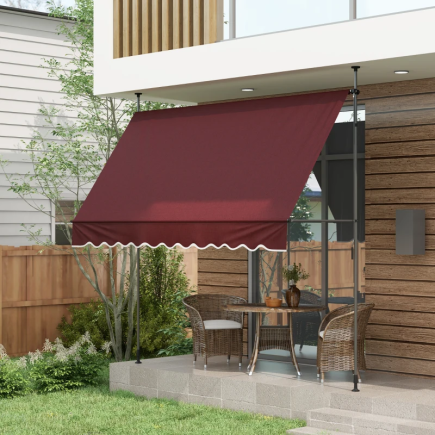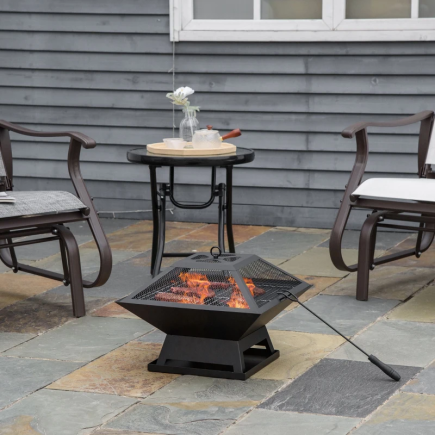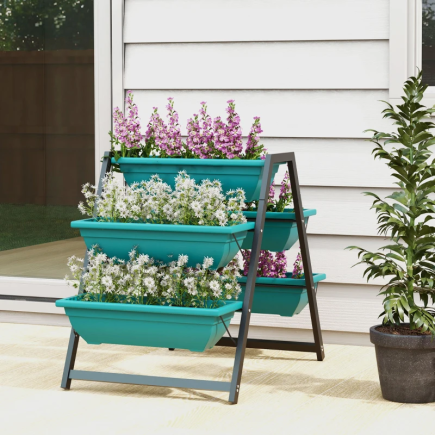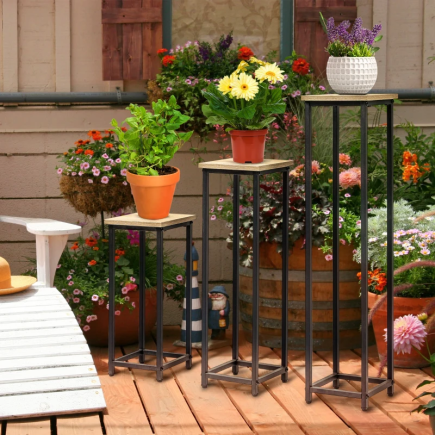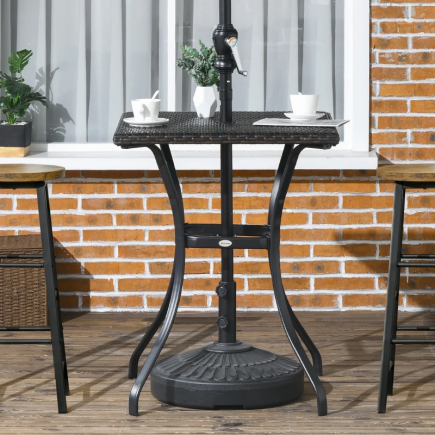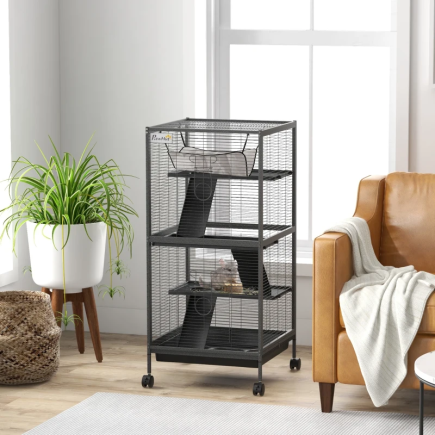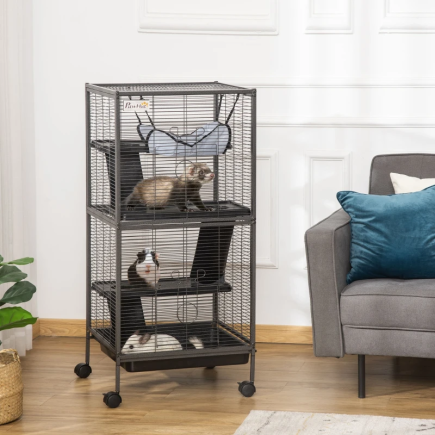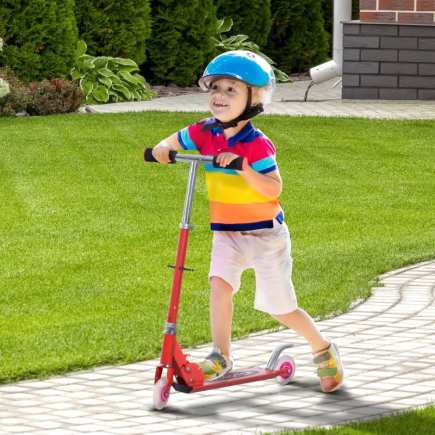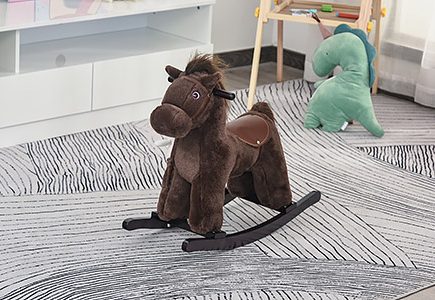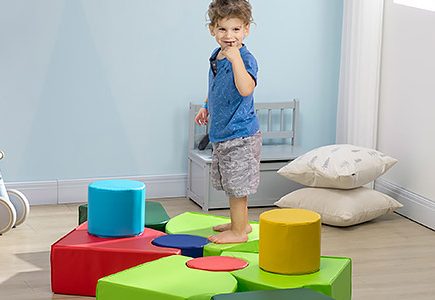
Having a shed in your backyard is like having a secret fortress to stash all your garden tools, bicycles, and the random things you swear you’ll use one day (like that half-used can of paint). But what happens when your shed starts showing signs of wear and tear? It’s time for a repair mission!
1.Signs That Your Shed Needs Repair

When is it time to grab the hammer and get to work? Look for these red flags:
- Sagging Roof: If your shed roof is drooping significantly, it’s time for some TLC.
- Leaks: Water isn’t just for your garden, it shouldn’t be inside your shed either.
- Rotten Wood: If it smells musty, feels soft, or has that unmistakable squishy feeling, your shed’s made a cozy home for decay.
- Broken Windows or Doors: If the door doesn’t close, or the window has cracks bigger than your ambitions, it’s repair time.
2. Identifying Shed Problems

You’ve spotted some issues with your shed, but don’t panic! Let’s take a closer look at the common problems you’ll likely face and how to identify them before they become your worst nightmare.
Leaks and Moisture Damage
Nothing ruins a shed like water. Leaks from the roof or walls lead to mold, mildew, and rotten wood. Look for:
- Stains on the walls or ceiling.
- Musty smells (a sure sign of moisture damage).
- Warping or soft wood (especially in the flooring or lower wall sections).
Sagging Roof
A sagging roof isn’t just a sign of old age – it could mean the structure’s integrity is at risk. Check for:
- Obvious dips or sagging areas.
- Leaks after a rainstorm (even the smallest leaks can signal a big issue).
Rotten Floorboards and Walls

If you’ve noticed a squishy floor or crumbling walls, that’s rot at work. Wood rot happens when moisture soaks into the wood and breaks it down. Here’s what to look for:
- Soft spots on the floor.
- Cracked or split wood on the walls.
- Discoloration or mold growth.
Broken Doors and Windows
Your shed needs to stay secure and insulated. If your windows or doors aren’t working properly, it’s time to repair or replace them. Check for:
- Cracked or broken glass.
- Loose or damaged door hinges.
- Inability to fully close.
3. Safety First: Repairing Your Shed Without the Drama

Safety is key, and we’re not just talking about your favorite drill! When you’re working on repairs, there are a few things you should keep in mind to stay safe:
Protective Gear
Safety gloves, goggles, boots, and a dust mask should be your best friends during any shed repair. Trust us, that splinter won’t feel like a joke when it lodges into your hand.
Ladder Safety
If you’re working on the roof, don’t be a hero. Use a sturdy ladder, and always make sure it’s placed securely. Having someone hold it for you is never a bad idea (unless you want to reenact a slapstick comedy scene).
4. Essential Tools and Materials for Shed Repairs

Before you start tackling repairs, you’ll need some tools and materials. Here’s what you’ll need to get the job done efficiently.
Basic Tools for DIY Shed Repairs
- Hammer – For nails, especially if you’re fixing flooring or walls.
- Screwdrivers (both flathead and Phillips) – To screw in fasteners and fix hinges.
- Claw Hammer – Ideal for pulling out nails (trust us, you’ll use this).
- Measuring Tape – Measure twice, cut once! It’s the DIY mantra.
Specialized Tools
- Ladder – You’ll need one to reach the roof or high spots.
- Circular Saw – If you’re cutting through thick materials, this bad boy comes in handy.
- Utility Knife – For cutting roofing felt or flooring materials neatly.
Materials You’ll Need
- Wood for Repairing Floors/Walls – Pressure-treated wood is best for durability.
- Roofing Felt or Shingles – To fix roof leaks or damage.
- Sealant – For windows, doors, and cracks.
5. Roof Repairs

Your roof is your shed’s first line of defense against the weather, so you’ll want to make sure it’s up to the task.
Identifying Roof Problems
If you notice leaks after it rains or see visible damage like missing shingles, it’s time to get your hands dirty. Here’s what to check:
- Leaky Roof – The most obvious sign.
- Loose Shingles – Make sure they’re secure.
- Sagging Areas – This indicates structural issues.
How to Refelt A Shed Roof (Step-by-Step)
- Remove the Damaged Felt: Use a pry bar to lift it up.
- Measure and Cut the New Felt: Cut your roofing felt to the appropriate size.
- Lay the Felt: Overlap the new felt to ensure water runs off properly.
- Secure It: Nail down the edges to prevent it from blowing away in the wind.
How to Replace Damaged Shingles
- Lift the Edges of the Old Shingles: Use a pry bar to remove them.
- Replace with New Shingles: Make sure they overlap properly to avoid leaks.
- Secure with Nails at the Base.
Pro Tip: Use Weather-Resistant Roofing Materials
Roofing materials like asphalt shingles or corrugated metal sheets last longer and are cost-effective. These materials ensure your roof withstands the elements for longer.
For a reliable outdoor storage solution, you can check out the Outdoor Storage Shed. It comes with a durable steel roof to help keep your tools safe and dry!
6. Floor Repairs

The floor is often the first place a shed shows signs of trouble, especially if it’s exposed to moisture. Here’s how to keep your shed solid underfoot.
Identifying Floor Damage
Soft, squishy spots are a surefire sign that moisture has gotten in. If the floor feels bouncy or there’s visible rot or mold, it’s time to fix it.
How to Remove and Replace Damaged Floorboards
- Clear Out the Shed: Get everything out of the way so you can work freely.
- Remove Damaged Boards: Pry them up with a hammer or pry bar.
- Cut and Fit New Boards: Measure your new boards to size and secure them with screws.
Pro Tip: Use Moisture-Resistant Boards
Opt for treated wood or plywood for floor repairs. These materials are designed to withstand moisture and prevent future rot.
7. Wall Repairs
Your shed’s walls bear the brunt of the elements, so don’t overlook them! Let’s keep those walls standing strong.
Identifying Wall Issues
Look for any cracks, warping, or soft spots on the walls. If you can poke a hole in your wall with your finger, that’s a pretty clear sign that some repairs are due.
How to Re Clad Your Shed Wall
- Remove Old Cladding: Pull away the damaged wood.
- Measure and Cut New Boards: Make sure they fit perfectly to the structure.
- Attach the New Cladding with Nails or Screws.
Pro Tip: Choose Durable Materials
Use composite panels or PVC cladding for long-lasting and low-maintenance walls. They’re resistant to rot and look great.
8. Door and Window Repairs

A door that won’t close or a window that’s cracked is a serious security risk. Let’s fix that!
How to Fix Broken Windows
- Remove the Broken Pane Carefully: Use gloves to avoid cutting yourself.
- Cut and Fit a New Piece of Glass or Acrylic to Size: Be precise!
- Seal the Edges with Caulk: This keeps the weather out and prevents drafts.
How to Repair or Replace Door Panels
- Remove Damaged Panels: Pull out any cracked or warped panels.
- Replace the Panel or Hinges as Necessary: Secure with screws.
- Seal Gaps with Weather Stripping: This improves insulation.
9. Maintenance Tips

Now that your shed is repaired, don’t let it go back to its old ways. Regular maintenance is key
Prevention is Better Than Cure
- Treat wood to prevent rot.
- Reapply sealant around doors and windows regularly.
- Keep gutters clear to prevent water buildup.
For some great options on quality sheds, check out the sheds that will fulfill all your needs under one roof!
FAQs
1. How do I fix a sagging shed roof?
To fix a sagging roof, start by inspecting for leaks or broken shingles. Replace damaged materials and reinforce the roof structure with additional supports if necessary. Ensure the new roofing materials are properly secured to prevent future sagging.
2. What should I do if my shed floor feels squishy?
A squishy floor indicates moisture damage or rot. Remove damaged floorboards, replace them with moisture-resistant materials like treated wood or plywood, and secure them with screws for a solid foundation.
3. How can I prevent leaks in my shed?
To prevent leaks, check for loose or damaged shingles, and replace any with new, weather-resistant materials. Apply roofing felt properly to seal gaps and ensure the roof is adequately pitched for water drainage.
4. How do I repair a cracked shed window?
To repair a cracked window, carefully remove the broken glass, then measure and cut a new piece of glass or acrylic. Secure it with a caulk to seal the edges, preventing drafts and water infiltration.

